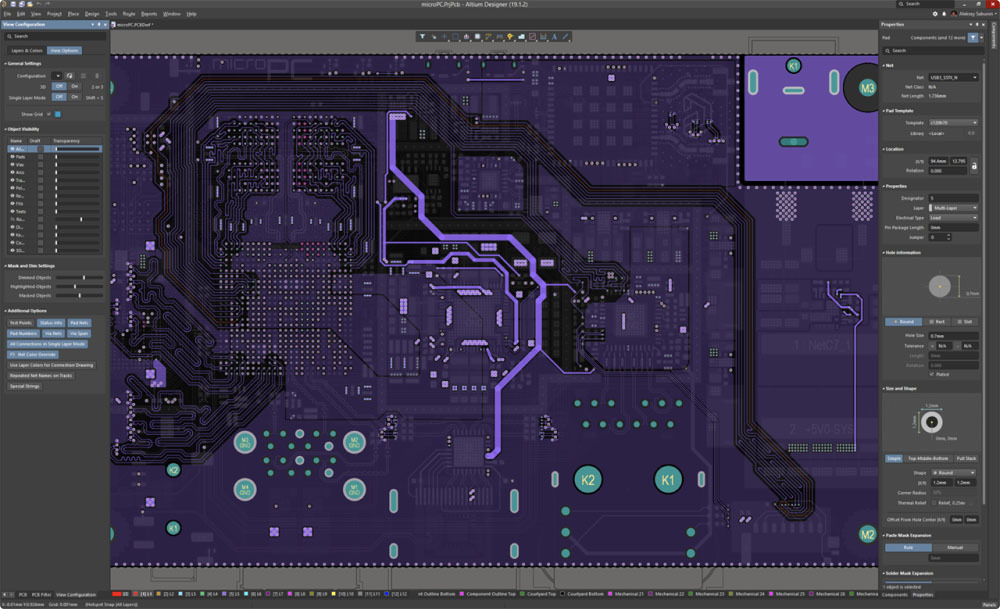

Granted, this is better than having to start from scratch, but re-entering this data is a time sink. This means that you can kiss your metadata (material specs, layer specs, etc.) goodbye.

Here’s the catch, if you want this sort of version control, you’re going to have to export your designs as PDFs and use a PDF Diff program to track any changes. This site makes it pretty clear that tracking PCB design changes visually is superior to comparing lines of code. Here’s the issue, the majority were originally designed for the software world, and aren’t great for hardware design programs.įor PCB layout, it is important that you find a system that will allow you to track changes between files and be able to view their differences as graphics. Some are more established than others, but most offer the same set of core features and provide the benefits listed above. If you have ever explored the world of PCB version source control you know there are many solution providers to choose from including Git, Subversion, Mercurial and more. What to Look For in a Version Control System It’s important to backup your data to an external source, but remember that there is no cloud, it’s just someone else’s computer.

I was in a hurry and didn’t back up my PCB layout. There is no record of the working design. Yeah, so IT had not been notified of the project share, and no backups were made.

No problem, I thought, we can go to a backup from a week ago and get the original version. Instead, we were saving our files on a company file share, so the changes made overwrote any copy I had of the working design. Why the breakdown? Well, we were rushing to meet deadlines and had not set up any sort of change or version control.


 0 kommentar(er)
0 kommentar(er)
